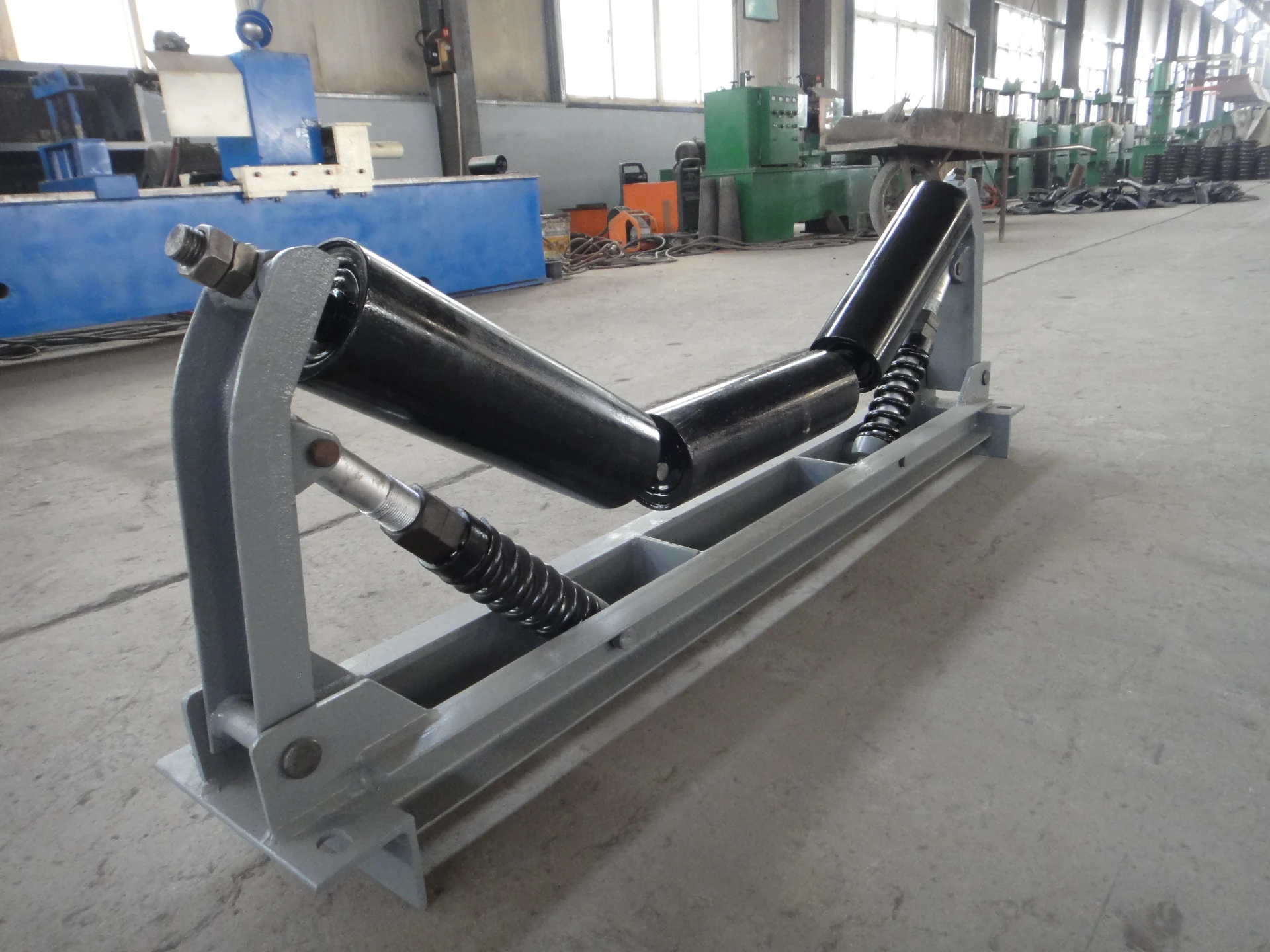 Afrikaans
Afrikaans  Albanian
Albanian  Amharic
Amharic  Arabic
Arabic  Armenian
Armenian  Azerbaijani
Azerbaijani  Basque
Basque  Belarusian
Belarusian  Bengali
Bengali  Bosnian
Bosnian  Bulgarian
Bulgarian  Catalan
Catalan  Cebuano
Cebuano  Corsican
Corsican  Croatian
Croatian  Czech
Czech  Danish
Danish  Dutch
Dutch  English
English  Esperanto
Esperanto  Estonian
Estonian  Finnish
Finnish  French
French  Frisian
Frisian  Galician
Galician  Georgian
Georgian  German
German  Greek
Greek  Gujarati
Gujarati  Haitian Creole
Haitian Creole  hausa
hausa  hawaiian
hawaiian  Hebrew
Hebrew  Hindi
Hindi  Miao
Miao  Hungarian
Hungarian  Icelandic
Icelandic  igbo
igbo  Indonesian
Indonesian  irish
irish  Italian
Italian  Japanese
Japanese  Javanese
Javanese  Kannada
Kannada  kazakh
kazakh  Khmer
Khmer  Rwandese
Rwandese  Korean
Korean  Kurdish
Kurdish  Kyrgyz
Kyrgyz  Lao
Lao  Latin
Latin  Latvian
Latvian  Lithuanian
Lithuanian  Luxembourgish
Luxembourgish  Macedonian
Macedonian  Malgashi
Malgashi  Malay
Malay  Malayalam
Malayalam  Maltese
Maltese  Maori
Maori  Marathi
Marathi  Mongolian
Mongolian  Myanmar
Myanmar  Nepali
Nepali  Norwegian
Norwegian  Norwegian
Norwegian  Occitan
Occitan  Pashto
Pashto  Persian
Persian  Polish
Polish  Portuguese
Portuguese  Punjabi
Punjabi  Romanian
Romanian  Russian
Russian  Samoan
Samoan  Scottish Gaelic
Scottish Gaelic  Serbian
Serbian  Sesotho
Sesotho  Shona
Shona  Sindhi
Sindhi  Sinhala
Sinhala  Slovak
Slovak  Slovenian
Slovenian  Somali
Somali  Spanish
Spanish  Sundanese
Sundanese  Swahili
Swahili  Swedish
Swedish  Tagalog
Tagalog  Tajik
Tajik  Tamil
Tamil  Tatar
Tatar  Telugu
Telugu  Thai
Thai  Turkish
Turkish  Turkmen
Turkmen  Ukrainian
Ukrainian  Urdu
Urdu  Uighur
Uighur  Uzbek
Uzbek  Vietnamese
Vietnamese  Welsh
Welsh  Bantu
Bantu  Yiddish
Yiddish  Yoruba
Yoruba  Zulu
Zulu conveyor drum lagging
The Importance of Conveyor Drum Lagging Enhancing Efficiency and Durability
Conveyor systems are integral to various industries, from manufacturing to mining, enabling the efficient transportation of materials over long distances. A key component of these systems is the conveyor drum, which plays a critical role in the overall functionality and performance of the conveyor belt. To ensure optimal operation, conveyor drum lagging is employed. This article will explore the significance of drum lagging, its different types, and the advantages it brings to conveyor systems.
What is Conveyor Drum Lagging?
Conveyor drum lagging refers to the process of applying a layer of material to the surface of a conveyor drum. This layer serves several essential purposes, primarily to enhance the grip between the drum and the conveyor belt. Improved grip reduces slippage, which is crucial for maintaining the desired speed and efficiency of the entire conveyor system. In many cases, lagging material is made from rubber or various composite materials designed to withstand harsh operating conditions.
Types of Conveyor Drum Lagging
There are several types of conveyor drum lagging, each tailored to specific applications and environments
1. Rubber Lagging This is the most common type, offering excellent traction and wear resistance. Rubber lagging can be either plain or grooved, with the choice depending on the particular requirements of the conveyor system.
2. Ceramic Lagging Designed for high-impact environments, ceramic lagging provides superior durability and resistance to abrasion. It is often used in mining and heavy-duty applications where extreme conditions are the norm.
3. Polyurethane Lagging Known for its flexibility and resistance to chemicals, polyurethane lagging is suitable for applications where exposure to corrosive materials is a concern.
conveyor drum lagging

4. Metal Lagging Though less common, metal lagging can be used in specific heavy-duty applications where extreme wear and tear are expected. Metal lagging provides a robust surface that can handle significant loads.
Advantages of Conveyor Drum Lagging
1. Increased Efficiency The primary benefit of lagging is its ability to enhance the grip between the drum and the conveyor belt. This reduction in slippage leads to improved efficiency, ensuring that materials are transported smoothly and consistently.
2. Reduced Wear on Components By minimizing slippage, lagging decreases the wear and tear on both the conveyor drum and the belt. This prolongs the lifespan of the components, reducing maintenance costs and downtime.
3. Improved Load Handling In scenarios where heavy loads are being transported, lagging provides the additional grip needed to prevent the belt from slipping. This is particularly crucial in industries such as mining, where the movement of large and heavy materials is common.
4. Versatility With various types of lagging available, operators can select the material that best suits their specific conditions—be that resistance to abrasion, chemical exposure, or high impact.
5. Cost-Effectiveness While the initial investment in drum lagging may seem significant, the long-term savings in maintenance costs and improved operational efficiency often outweigh these costs. The overall performance improvements can lead to substantial financial benefits for businesses.
Conclusion
Conveyor drum lagging is a critical aspect of conveyor system design and maintenance. By ensuring optimal grip and reducing wear, it plays a vital role in enhancing the efficiency and durability of the entire conveyor operation. With various options available, businesses can choose the appropriate lagging material to meet their specific needs, allowing them to operate more efficiently while reducing costs associated with maintenance and downtime. As industries continue to evolve and demand more efficient systems, the importance of conveyor drum lagging will only increase.
-
Revolutionizing Conveyor Reliability with Advanced Rubber Lagging PulleysNewsJul.22,2025
-
Powering Precision and Durability with Expert Manufacturers of Conveyor ComponentsNewsJul.22,2025
-
Optimizing Conveyor Systems with Advanced Conveyor AccessoriesNewsJul.22,2025
-
Maximize Conveyor Efficiency with Quality Conveyor Idler PulleysNewsJul.22,2025
-
Future-Proof Your Conveyor System with High-Performance Polyurethane RollerNewsJul.22,2025
-
Driving Efficiency Forward with Quality Idlers and RollersNewsJul.22,2025





























